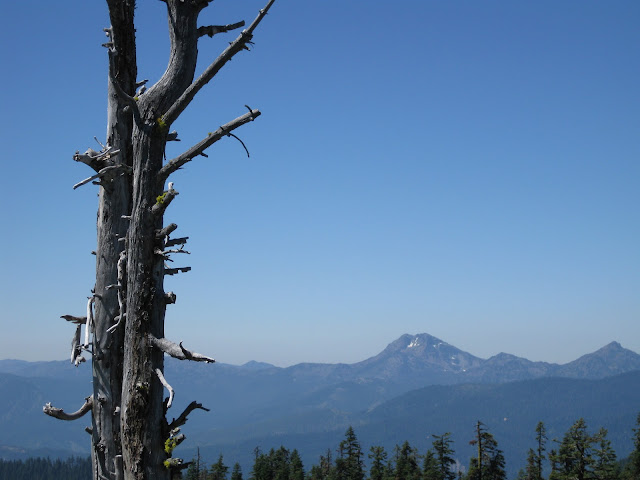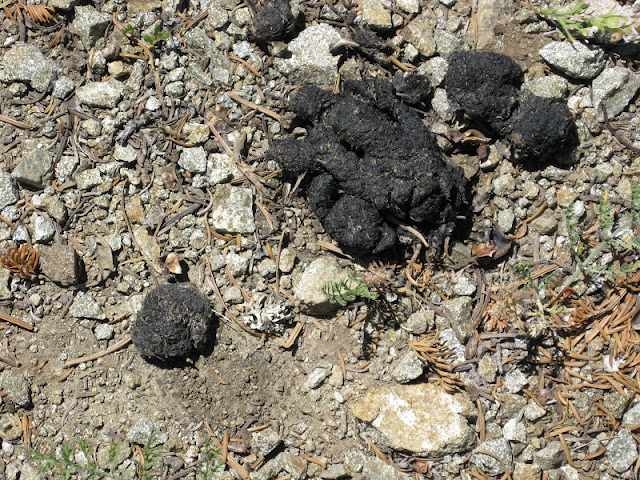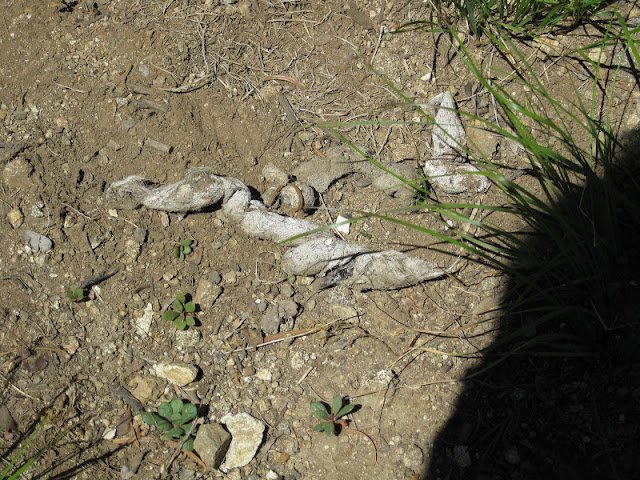We are now taking orders for Grants Pass (Images of America) by Joan Momsen!
Place your prepaid order by September 21, 2012 and the shipping is free.
Place your prepaid order by September 21, 2012 and the shipping is free.
The book shows photos of downtown Grants Pass from 1883 to c. 1964. It shows how downtown developed, some of the earlier churches and schools, merchants, government buildings, transportation and parades and gatherings. Each chapter is in chronological order and progresses from the 19th to the mid 20th Century. There is a brief history at the beginning of each chapter. There are photos that long-timers may remember but there are also photos that have seldom been published.
It will bring pleasant memories to people who have lived their entire lives in Grants Pass, but can also enlighten and educate the newcomer. It would make a great gift to someone who once lived in Grants Pass and has moved elsewhere and to anyone familiar with the city.
Grants Pass (Images of America) is expected to start shipping on September 25,2012, or will be available for purchase in our Research Library at that time. If you come in and purchase your copy at our library within two weeks after publication, you will receive a free gift.
All royalties go to support the Historical Society.



















































